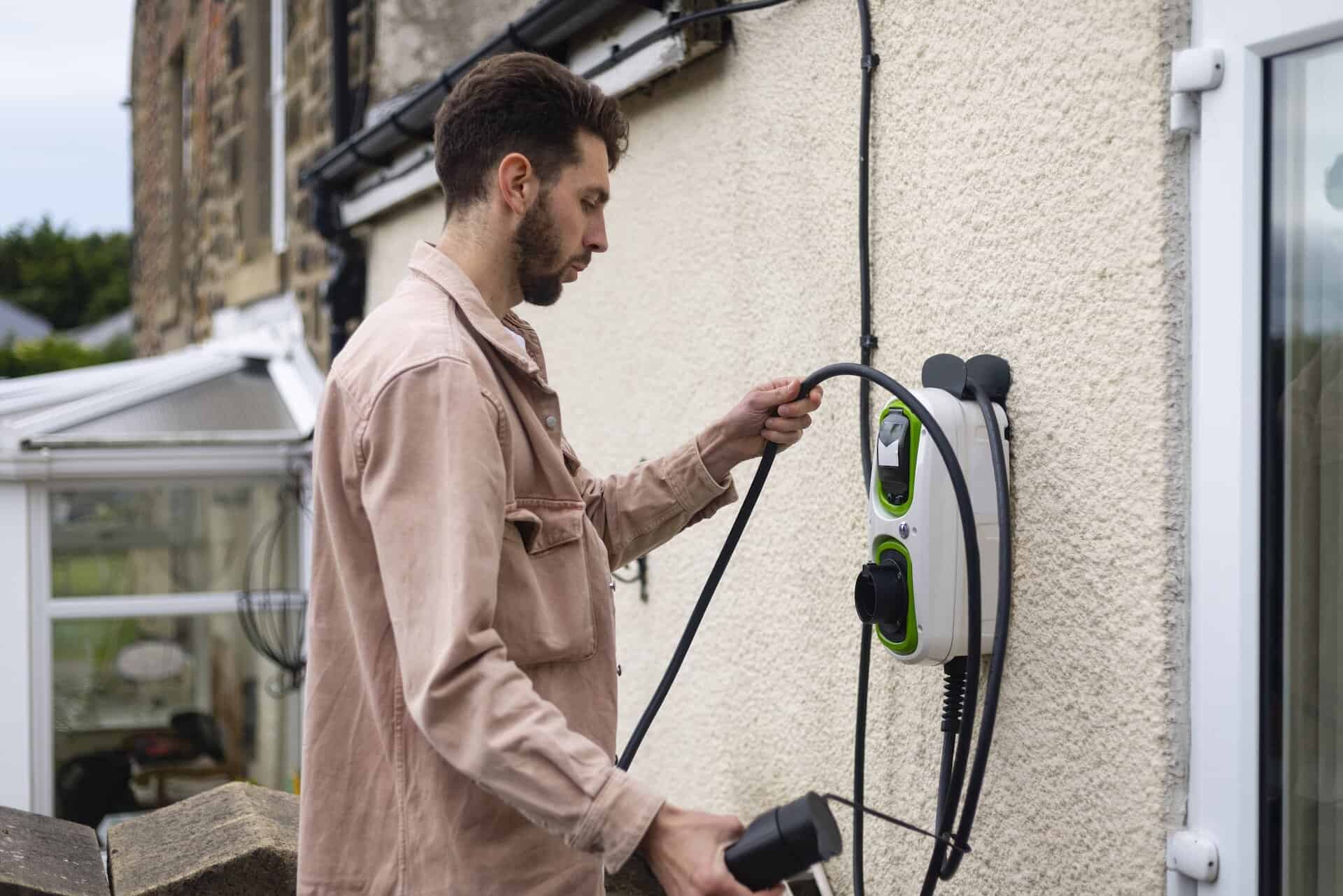
What to Expect During a Fuse Board Replacement
Your fuse board is an essential component of your home’s electrics, keeping everything running as it should, day and night. However, over time it will need replacing, as a declining fuse board will become a liability and a safety hazard.
In this article, we’ll explain everything you can expect from a fuse board replacement, from the original assessment to the final checks.
Why replace a fuse board?
While you may forget the very existence of your fuse board, it’s constantly working to ensure the correct distribution of electricity around your home. Like all appliances, it has a lifespan, and will start its decline after around 25 years.
A declining fuse board won’t be able to cope with the increased electrical demand of modern homes. This will lead to frequent tripping and blowing of fuses, cutting electricity supply throughout your household.
An old fuse board will also become a fire hazard, with its components deteriorating over time. In short, an old fuse board will become a serious safety hazard for you and your family.
Can you replace a fuse board yourself?
With endless resources available online, it’s never felt simpler to do a DIY fuse board replacement. However, handling electrics is not something that you should consider doing without years of training and experience.
It’s always better to get professional help from someone knowledgeable about the ins and outs of fuse board replacements. They will be able to conduct the work within two to five hours, while adhering to safety and industry guidelines.
What to expect during a fuse board replacement
Fuse board replacements are methodical, with your installer taking clear steps to produce a safe and efficient replacement. Before any practical work takes place, your installer will undergo a full assessment of your home.
1. Home assessment
The initial assessment of your home and current fuse board is vital, as it will give the installer the context they need to complete a safe replacement. First, they will inspect your current fuse board, looking for signs of wear and tear. This will allow them to decide whether you need a replacement.
If your fuse board does need replacing, the installer will complete a few tests to determine your household’s needs. From here, they will decide what type of fuse board your home requires. Factors they’ll be looking out for are:
- Number of circuits in your home
- Types of circuits in your home
- Current and future electrical needs
Once the home assessment is complete, preparation for the replacement can begin.
2. Preparation
The installer will check the earthing and bonding and do a final assessment of whether the new fuse board is appropriate for the household’s needs. They will also make sure they have the tools they need to do the job on hand.
Once everything is ready, they will shut off the power at the mains to make sure the job will be carried out safely.
3. Disconnection of the old fuse board
Once the power has been turned off at the mains, the installer will begin the process of removing the old fuse board. They will start by removing the housings that provide access to the fuse board. They will then begin to disconnect each of the wires from the fuse board, noting each position for later reference.
When all the connections and fuses have been removed, the unit will be unmounted from the wall, ready for the new one to be installed.
As part of the service, the installer will take the old fuse board with them, disposing of it safely.
4. Installing the new fuse board
The new fuse board will be attached and screwed into the wall in the desired location. The installer will then attach the correct cables to the correct areas, ensuring secure connections have been made.
The circuit breakers will then be installed, with each circuit being labelled accordingly. To finish off the installation, the wires will be secured using clips to ensure proper insulation and prevent tangling.
5. Thorough testing
The testing process will begin with a detailed visual inspection to make sure everything has been connected correctly. The installer will check that no damage has been done to the unit or the wires and ensure that everything is labelled correctly.
Then, using a voltmeter, the installer will check that all the circuits are functioning correctly. Other aspects of the fuse board, such as surge protection devices, will also be tested.
Once everything has been checked and double checked, the installer will hand over certification to confirm that all installation standards have been met.
Points to consider during a fuse board replacement
The cost of the installation
While a fuse board replacement isn’t necessarily a cheap job, it will be worth every penny, reducing electrical and fire hazards in your home. The cost of a fuse board replacement will vary depending on the type of unit you require.
You can expect to pay around £500, which will cover the costs of labour and materials.
No power
The electrician will have to shut off your home’s power at the mains to carry out the installation. So, if you’re working from home or needing to use electrical appliances, it won’t be possible during this time.
Future home upgrade plans
If you’re planning an extension to your home, you should let your installer know before work begins. That way, they can pick a replacement unit that will be able to accommodate your future needs. Otherwise, you may be looking at another replacement sooner than you’d hoped.
Trust SparkPro Electrical with your fuse board replacement
At SparkPro Electrical, fuse board replacements are our bread and butter. We have over 15 years of experience in replacing fuse boards across Hammersmith and West London. We are NAPIT-accredited and Trustmark-approved, so you can always expect our work to be of the highest standard.
Contact us today to find out more about what to expect from your fuse board replacement.


